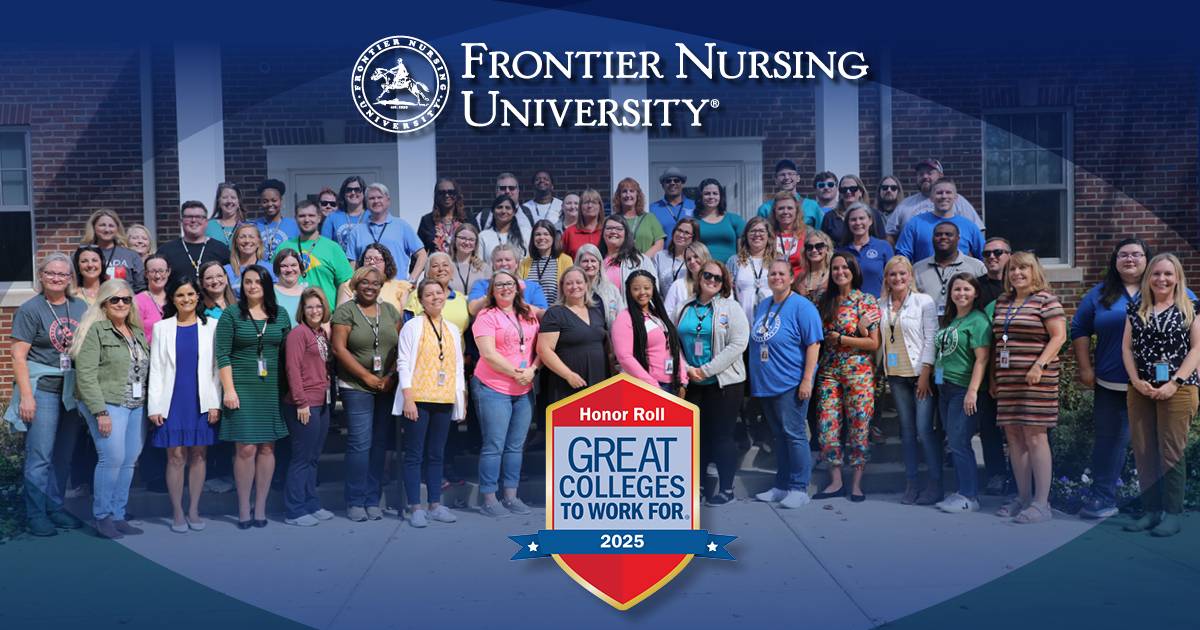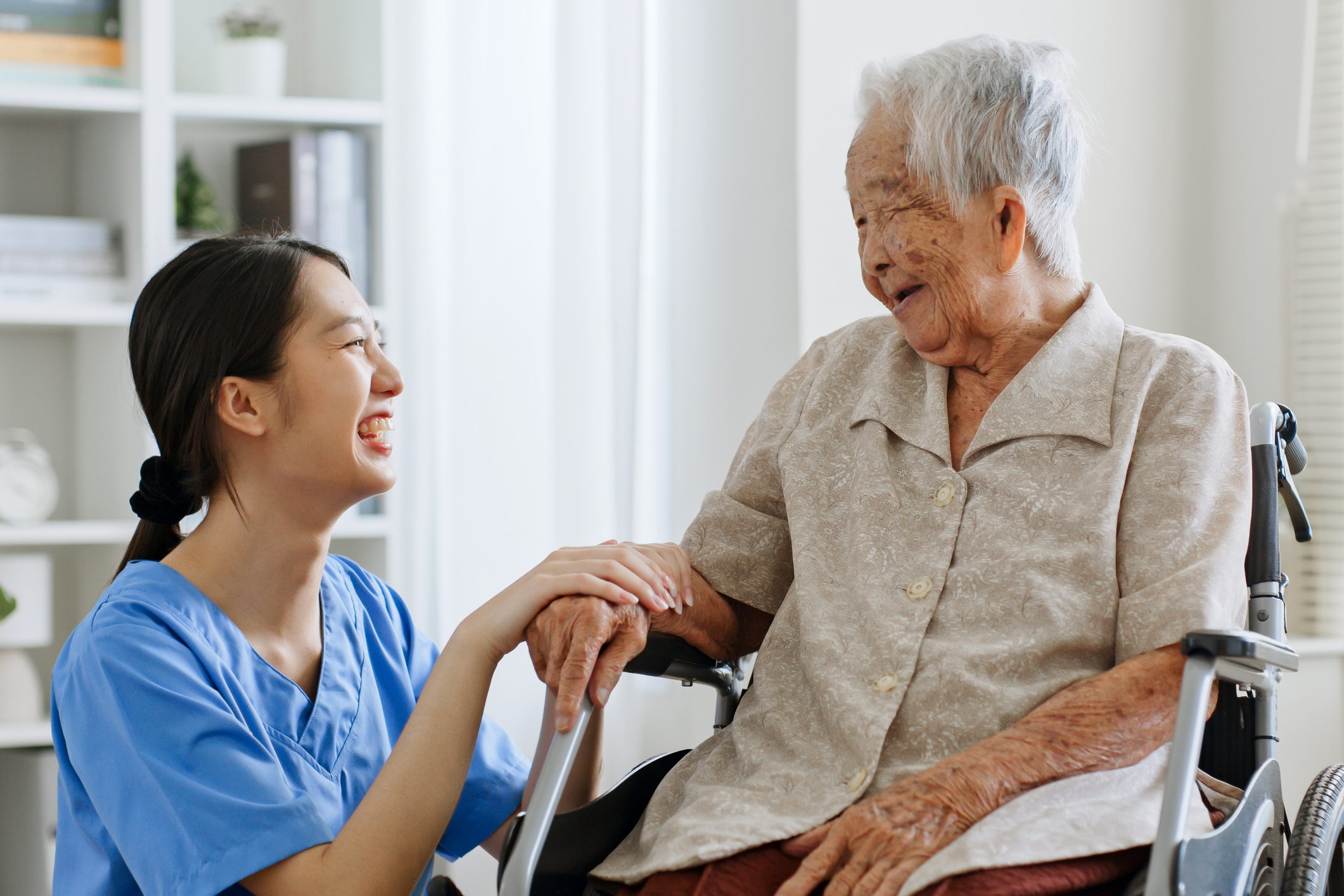by Paul Millard
 Our brain is divided into left and right hemispheres. The left is the logical, linear and reasoning side while creative, intuitive and artistic operations reside in the right side. We all use both parts daily, but our culture strongly encourages the exercise of the left hemisphere. Nursing profession especially emphasizes this in all our “ology” classes: Pharmacology, Biology, Psychology, Microbiology to name a few. But it's interesting that common myth states men do better in sciences whilst nursing is traditionally a female pursuit though nature has seen fit to give us equal size in each hemisphere.
Our brain is divided into left and right hemispheres. The left is the logical, linear and reasoning side while creative, intuitive and artistic operations reside in the right side. We all use both parts daily, but our culture strongly encourages the exercise of the left hemisphere. Nursing profession especially emphasizes this in all our “ology” classes: Pharmacology, Biology, Psychology, Microbiology to name a few. But it's interesting that common myth states men do better in sciences whilst nursing is traditionally a female pursuit though nature has seen fit to give us equal size in each hemisphere.
Non-scientific beliefs occur almost to everyone. Who hasn't worried about a black cat crossing their path, of the number 13 (many tall buildings won't even allow a floor numbered 13! and of course Friday the 13th!) or the effects of a full moon? All these arise from the mythical thinking of the right brain. However, nurses need to be positive thinkers to be able to render the quality care every patient deserves.
Before the reader concludes that I'm criticizing this, I must confess that I've always had a problem with math teachers. Given a test, I would go through the test assigning the correct answers to the questions (intuitive, right hemi thinking), then go back and try to put enough stuff on the paper to “show your work.” This leads me in an argument with the teacher “how can you mark these questions wrong when I got the right answers?” to which the teacher retorts “but you can't get that answer with the work you put on the paper” (scientific, left hemi thinking).
Most of my years as a nursing professional, it has been in the desert Southwest. Very interesting culture and hemisphere clashes occur here. Smile at how cute a Hispanic baby is and the mother might start yelling “mal ojo, mal ojo” (evil eye) believing that I am stealing the child’s spirit with my eyes. Soon I learned to always touch a child on the shoulder or head when looking at it to prevent “stealing his spirit.” The Native Americans believe that what we call the soul resides in the person’s hair. If forced to shave or cut hair from a Native American, I always carefully return all the hair so that the owner can dispose of it through the proper ritual. A friend working with the Navajo tells of having treated a woman for a heart attack. Afterwards, the woman would return periodically and insist on being hooked up to the 12 lead EKG machine. Asymptomatic, it wasn't even necessary to do an EKG. She believed that the connection had healing powers.
All of that said, a recent question on a website about “Energy Bracelets” caught my eye. There were some positive responses, and some claiming “it's a scam.” I hope someday we'll find an easy way to quantify the power of belief. There were so many naysayers of the energy bracelet that I doubt they would all be atheists. Belief in a higher power requires a certain amount of faith in the unprovable (right hemi), yet belief in an energy bracelet is criticized.
Having witnessed three exorcisms, I supposed tolerance is a virtue all nurses should nurture. Belief, generically speaking, is far more powerful than credited. Over the years, I have seen many things that defied scientific explanation and have had to remind myself over and over that the patient's belief plays a larger role in their outcome than is credited. Just as we must always tell people to make their own decisions because our own answers might not be right for them, we must also avoid projecting our beliefs upon our patients.
Science or superstition, nursing profession is still an art that uses a magic touch that helps ill patients heals and recover from their illness.
Nurses and nursing students, if you are interested in sharing your nursing knowledge and experiences with our audience, please click here.
Source: NurseTogether





